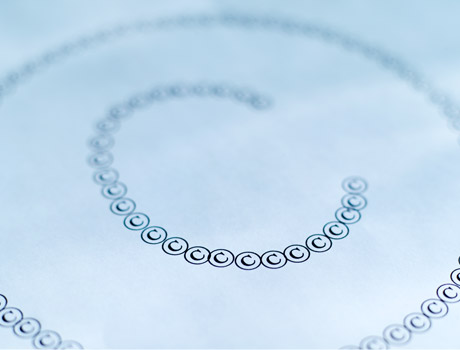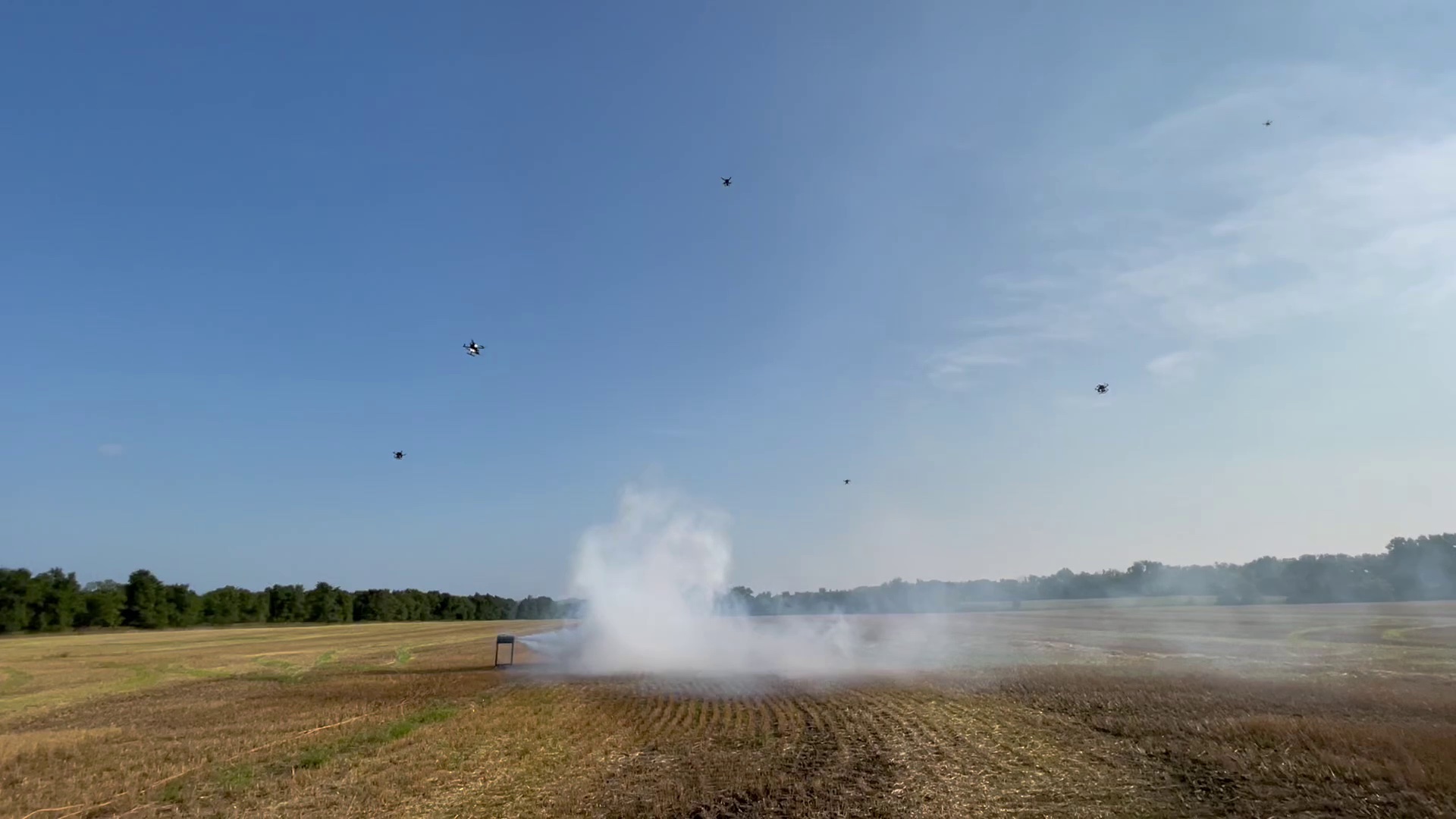Intellectual Property and Engineers
Intellectual Property and Engineers


Intellectual property (IP) protection is absolutely critical for protecting a company's proprietary designs, processes, and inventions that, if leaked to competitors or made public, could ruin a company's market advantage and reputation or lead to costly litigation.
Engineers are often on the front line of innovation. As consultants, they also share intimate details of their clients' designs, materials, products, and processes—highly confidential work. Some scientists, however, are more interested in focusing on the technology and don't always realize the finer (or more nebulous) points of protecting IP.
According to the World Intellectual Property Organization (WIPO), intellectual property refers to "creations of the mind: inventions, literary, and artistic works, and symbols, names, images, and designs used in commerce. IP is divided into two categories: industrial property, which includes inventions (patents), trademarks, industrial designs, and geographic indications of source; and copyright, which includes literary and artistic works such as novels, poems and plays, films, musical works, artistic works such as drawings, paintings, photographs and sculptures, and architectural designs. Rights related to copyright include those of performing artists in their performances, producers of phonograms in their recordings, and those of broadcasters in their radio and television programs."
Engineers, then, are professional innovators who work in the realm of industrial property and are often the first involved in creating a proprietary design or invention.
Patent Application
"Every schematic, each piece of software code, and every drawing, diagram, and prototype has intellectual property rights attached upon creation," states the Institute of Electrical and Electronics Engineers in its publication Intellectual Property and the Employee Engineer. "These rights are the legal essence of an engineer's output, for if an actual disk or prototype is lost, another can always be had. But if the legal rights are lost, the disk or prototype may be worthless — even if securely in hand."
Although there are multiple aspects to IP protection, all engineers must be very familiar with patent law (if software is involved that could include copyright law as well).
Russell J. Genet, a partner with Nixon Peabody LLP in Chicago, indicates the top two IP issues affecting engineers are failing to seek patent protection for new innovations and publicly disclosing new inventions before filing a patent application, resulting in a waiver of their patent rights.
"Engineers are very bright, highly educated individuals," says Genet. "Many times they develop a new invention but fail to realize that it may be patentable. Instead, they believe what they have done is obvious to others in their field. However, the test regarding whether or not something is 'obvious' under the patent laws is a very complicated test, which is measured against someone of 'ordinary skill in the requisite art.' Often the engineer inventor is someone of 'extraordinary skill in the art.' So, what is an obvious design for this master engineer might not be so obvious under proper patent law analysis. Therefore, many engineers may be forfeiting the ability to get valuable patent protection for their hard work in creating new designs."
Public Disclosure
Scientists must be very careful in what they publicly disclose about their new developments before a patent application is filed. Doing so could result in a complete forfeiture of one's ability to obtain patent protection in many countries, including the U.S.
"Engineers are often under pressure to write articles or give presentations at trade organizations about the research and development they have completed," adds Genet. "If any of these public disclosures include a discussion on something the engineer wishes to patent, a patent application should be filed before such disclosures occur."
In many foreign countries, a public disclosure of the invention before a patent application is filed immediately bars the ability to obtain a patent. In the U.S., once engineers make the public disclosure, they have one year from the disclosure date to file a U.S. patent application. Otherwise, the invention becomes dedicated to the public.
Engineers can be over-enthusiastic or premature in presenting data, especially if venture capital is on the line. They must be vigilant about not sharing any conceivable IP before patent application occurs, or discussing it with other engineering colleagues or friends who are not employees of the same company. "Disclosures to these friends could constitute a 'public' disclosure and cause patent right forfeitures," warns Genet. Even worse they could inadvertently discuss the IP of a client, violating a confidentiality agreement that could lead to litigation or dismissal.
If there is no in-house legal counsel to train staff on IP protection, hire a consultant or invest in online training. For example, the Center for Advanced Studies offers a six-lesson course, "Intellectual Property for Engineers," that deals with patent applications, research and prosecution, the law of infringement, computer applications for software and hardware, as well as machines, processes, mixtures, manufacturing, compositions of materials, concepts, and methods of doing business and research that can be patented.
Mark Crawford is an independent writer.
Although there are multiple aspects to intellectual protection, all engineers must be very familiar with patent law.


.jpg?width=850&height=478&ext=.jpg)


